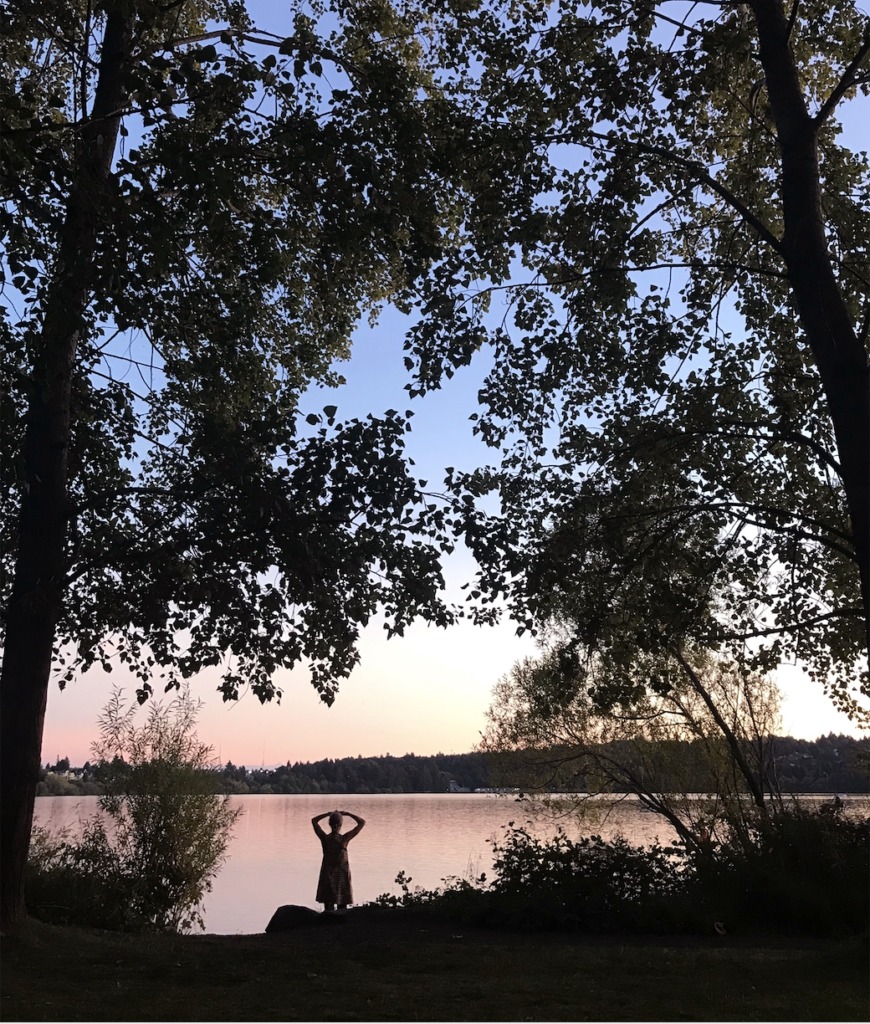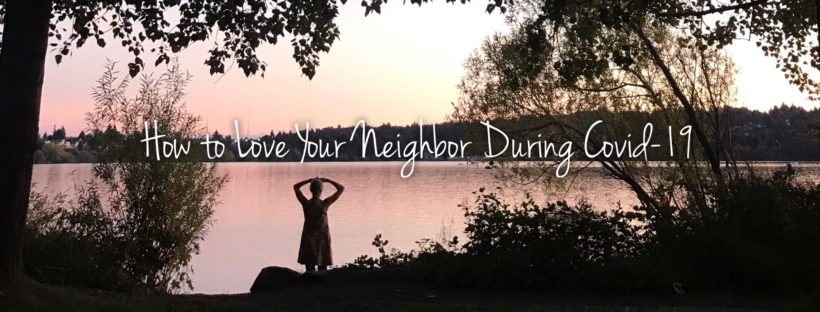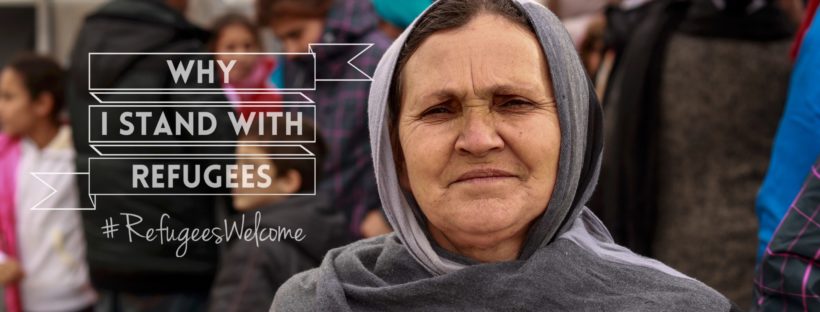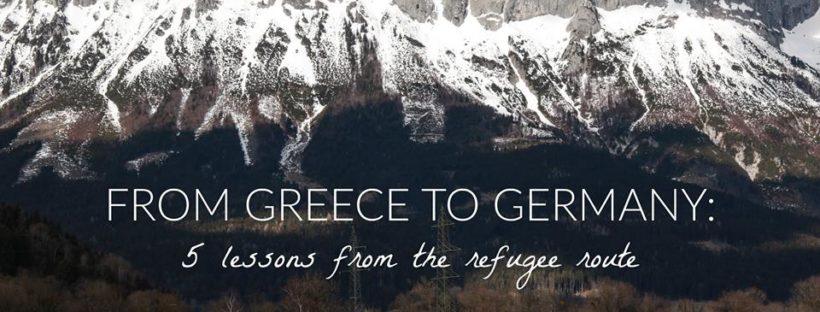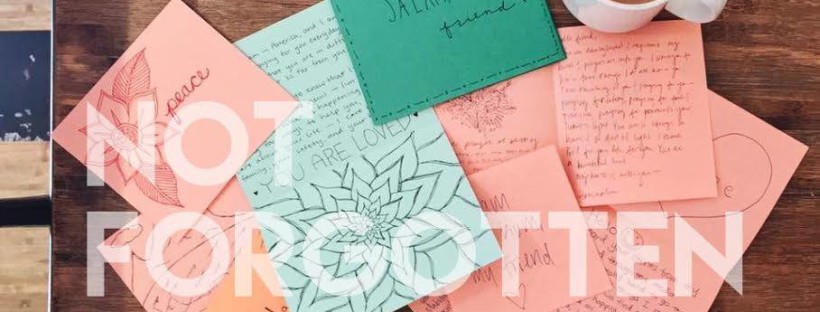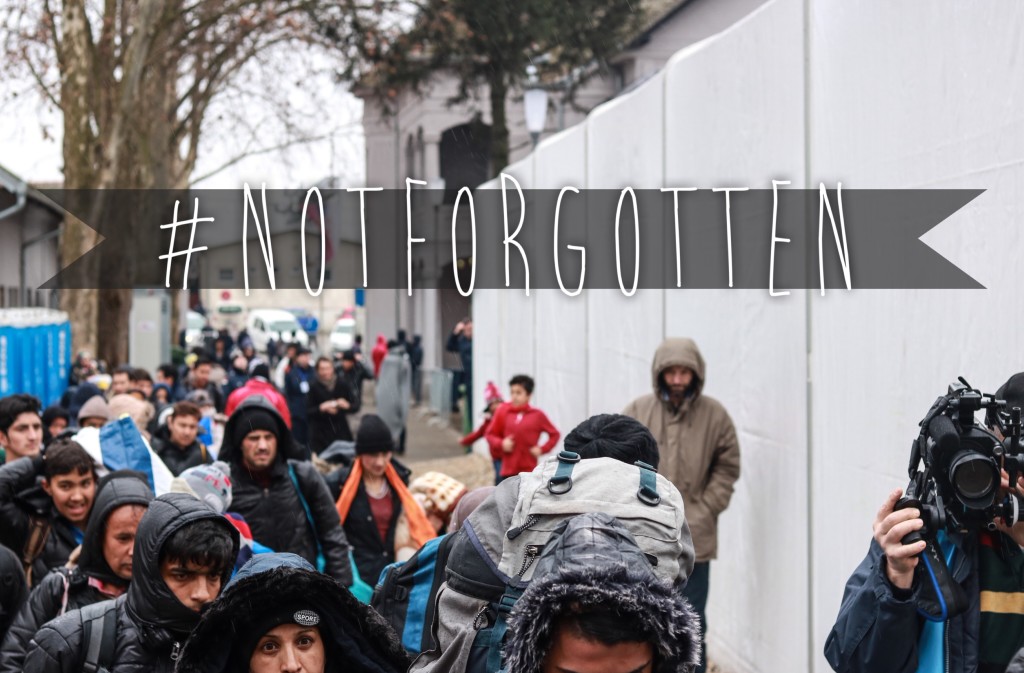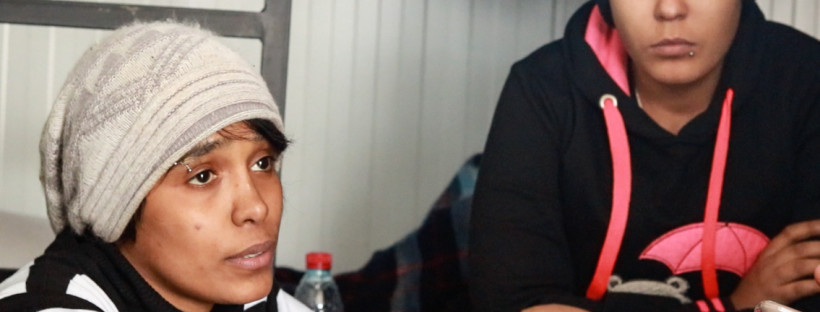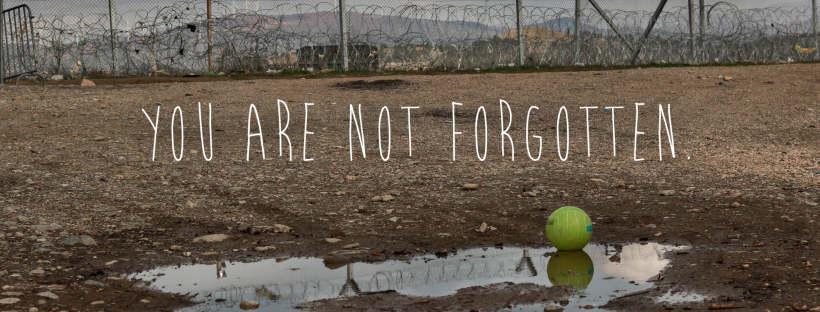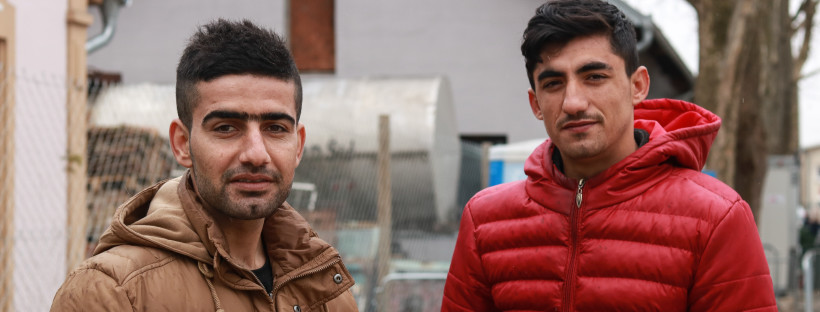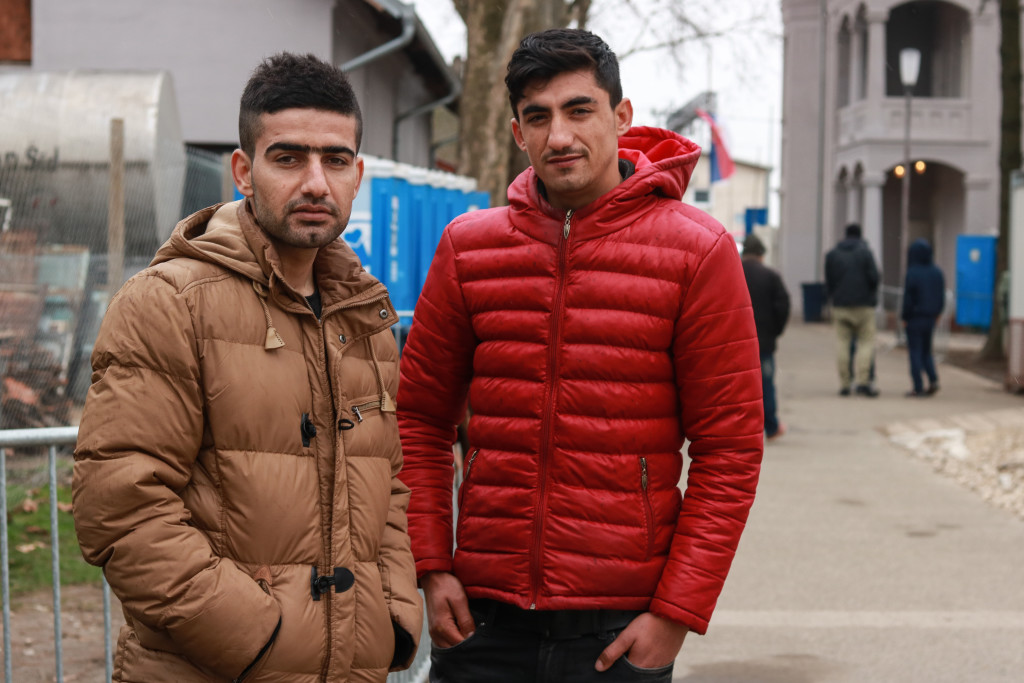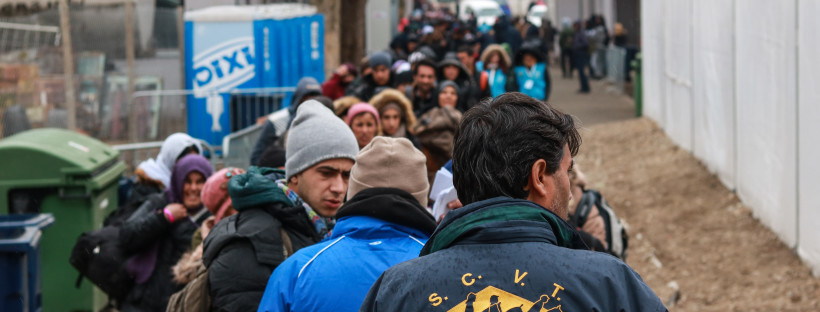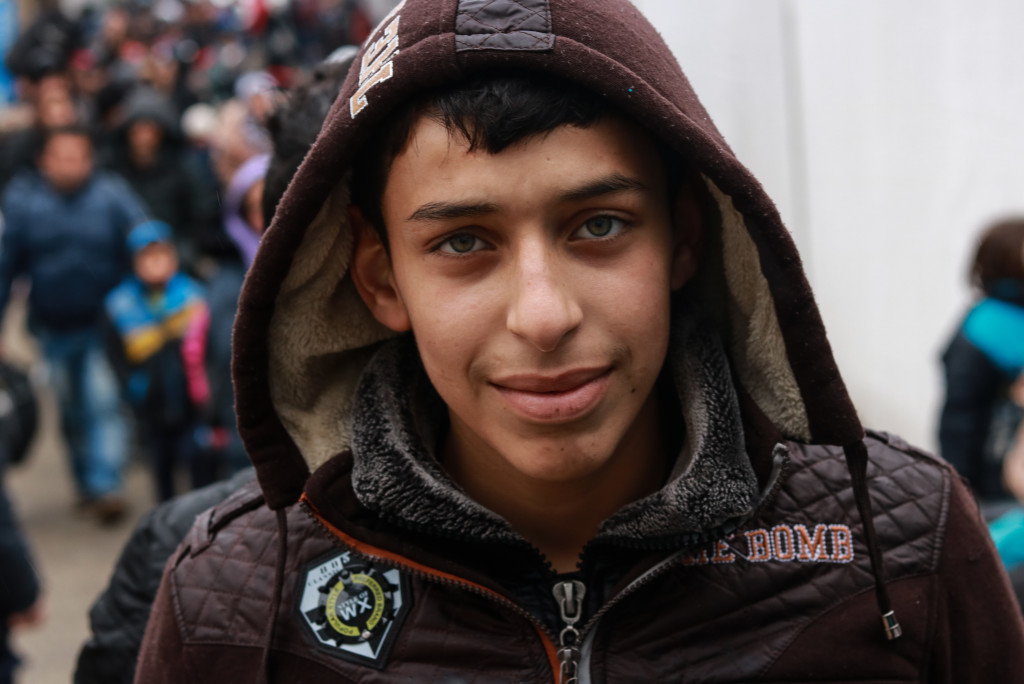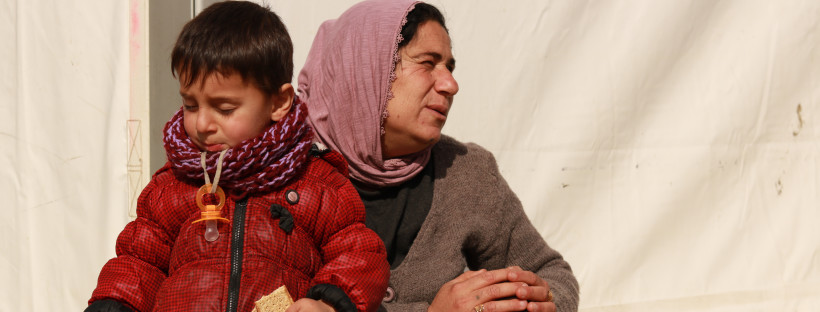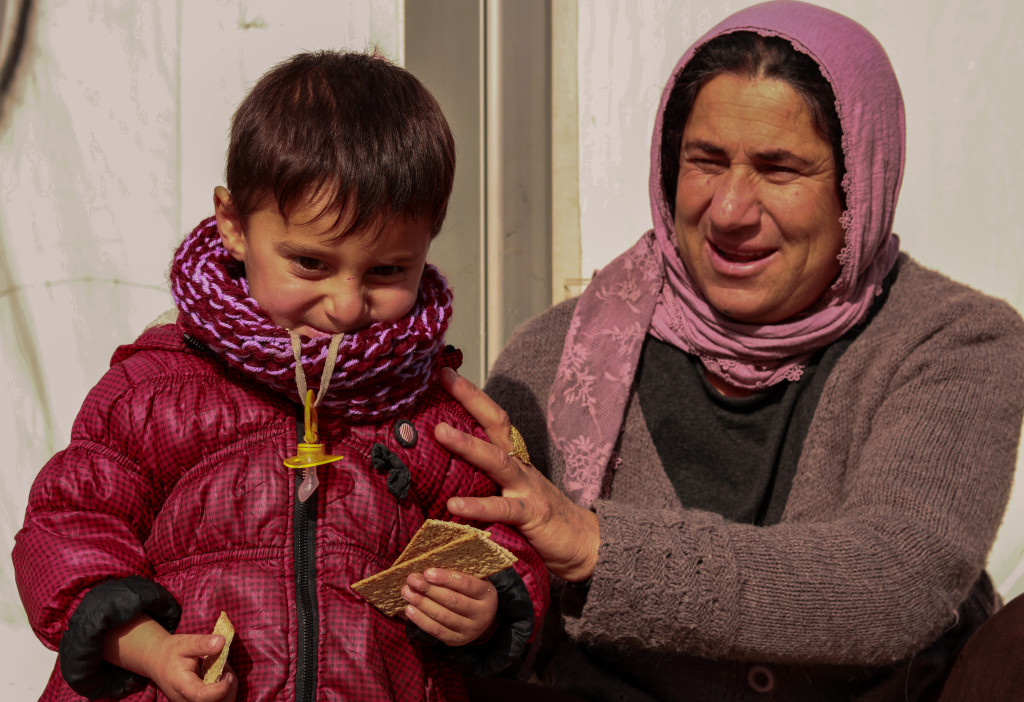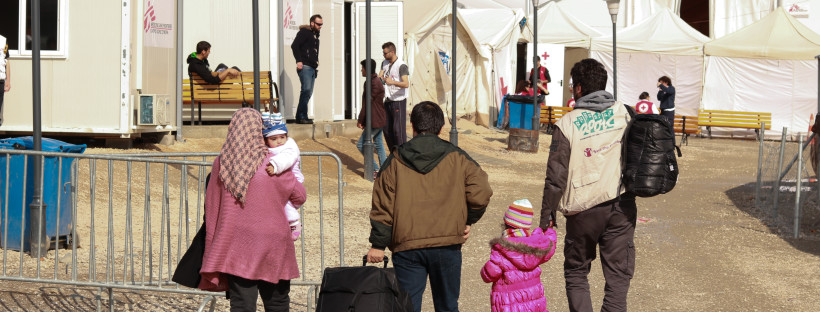(For an immediate guide on how to respond, skip to the bottom.)
“When I was a boy and I would see scary things in the news, my mother would say to me, ‘Look for the helpers. You will always find people who are helping.’” -Fred Rodgers
We are living in extraordinary times.
Even more contagious than the coronavirus, it seems, is the fear that goes before it. If you’re anything like me, you’re probably feeling a mix of restlessness, discouragement, and frustration. Our world is changing daily, and that’s pretty scary.
Imagine how much more intense those emotions would feel if you had health risks that made you more susceptible to coronavirus (i.e. anyone over 65, individuals with underlying medical conditions, or pregnant women and their families).
I can almost guarantee individuals like that live in your neighborhood.
I live in Seattle, home to what we not-so-lovingly refer to as the “Seattle Freeze.” We have been social distancing from our neighbors long before it was cool. This has led to a city isolated from one another and the sad truth that few of us know those living around us. We are too busy–we say–and make up a million reasons to not know or help our neighbors. But in the midst of a global pandemic, we need one another more than ever.
Unless you happen to be in a position to make sweeping societal decisions, you can’t serve everyone. But you can learn to love your neighbors well (albeit from a distance). There are people in your neighborhood struggling right now — and there is absolutely something you can do about it. Don’t just look for helpers to appear on your social media timeline, be one of those people helping right now.
If you are able you are healthy, able-bodied, and financially stable enough to spare some time, here’s one thing you can do today: drop off a letter for your neighbor, letting them know you are there for them and are willing to help if they are in need. (Instructions and a letter template are below.)
Also, if that is not you, do not let yourself feel shame. There is no rule book for how to cope with the emotions and practicalities of modern life during a pandemic. So give yourself some grace.
How you can respond:
STEP ONE:
Click this link to access a Google Drive folder with a free letter template already written to your neighbors. I have uploaded two PDF versions, one for families with “we” phasing and another for individuals with “I.” I have also shared the Word doc for this letter, allowing you to customize it however you’d like.
STEP TWO:
Handwrite or print however many letters you want to pass to your neighbors. Then make it your own! Write your name and contact details in the blank spaces. If you have kids, commission them to turn the margins of this letter into an artistic masterpiece.
STEP THREE:
Deliver your letter to your neighbor’s doorstep. Don’t try to get them to come outside with you (remember to follow local requirements for social distancing), but place the letter OPEN at their front door or by a window – somewhere they can easily find it without needing to touch it.
What’s the point of it all?
My hope and prayer is that these letters spark the spread of kindness, compassion, and connectedness in your neighborhood (even if at a distance). Whether you use these templates, get your kids to write an encouraging message in chalk on the sidewalk, or simply send an email/Facebook message, I’d love to hear how it goes when reach out to your neighbor. You can share this blog post too if you know others who are looking for a way to love their community well during COVID-19.
Let’s show the world that love can be even more contagious than fear.
